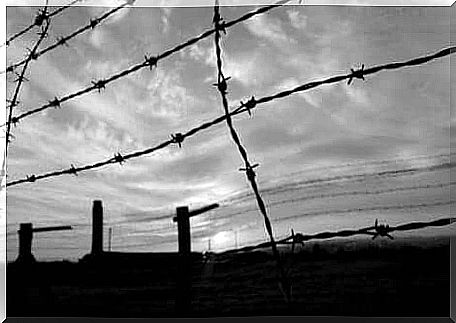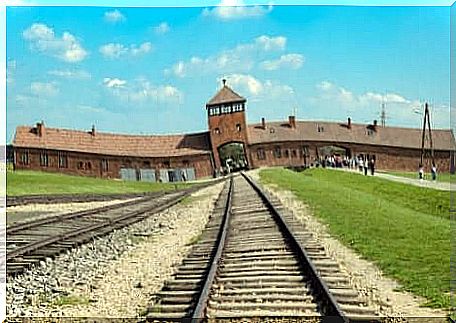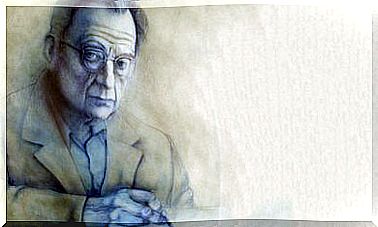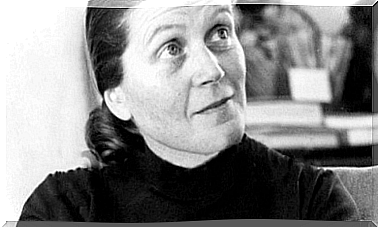Chaim Ferster: A Man Who Has Cheated Death

Chaim Ferster is not a celebrity or famous artist. Still, this 97-year-old man, who is the very image of good health and worked until he was 92, is a person we all can and should look up to. He managed something that very few others managed. He escaped the clutches of the Nazis not just once, but eight different times.
Despite the fact that Chaim Ferster spent most of his youth trying to survive all the atrocities the war brought into his life, he did not allow these experiences to affect him emotionally. It is perhaps his greatest triumph. He did not survive to be possessed by the pain and shame that he and his family had to endure, but to rebuild his life. He survived in order to live a life free from the dark shadows of his past.
Today, Chaim is a kind, grateful, and wise man. He has told his story hundreds of times, because he is one of the few prisoners who survived the concentration camps. This gives him a unique perspective, and he can tell what happened from his own perspective. He is also a great-grandfather, was happily married for 65 years, and founded a successful business that allowed him and his family to flourish.

A dark time for Chaim Ferster
Chaim was born on July 18, 1922 in the city of Sosnowiec in Poland. His family were Orthodox Jews. At that time, Orthodox Jews made up about 21% of the city’s population. He remembers that his whole society watched in fear when the Nazis came to power in Germany.
And they had reason to be concerned. In 1939, the city he lived in was invaded by German soldiers. World War II was a fact, and anti-Semitism became part of everyday life. First came the yellow stars on their clothes, discrimination on the street and an uncertainty about what was to come. Then the first Jewish ghettos were created. Even though Chaim was only 17 years old, he still remembers the fears he felt during those terrible years.
The year 1942 changed Chaim Ferster’s life, forever. His father died of pneumonia when basic medicines were not available to those living in the ghetto. He and his family suffered from hunger due to an extremely limited supply of food. That same year, his mother and sister were ordered by the Gestapo to report to the authorities, and he never heard from them again.
Tragedy and hope
Chaim Ferster and the other Jews quickly found out that when the Gestapo arrested someone, they were never heard from or seen again.
People still knew very little about the infamous concentration camps. The information they had was based on rumors and whispers. It was at this point that one of Ferster’s uncles gave him some advice that would end up saving his life. His uncle asked Chaim to learn skills that would make him useful to the Germans.
Chaim Ferster decided to learn how to become a mechanic for sewing machines in the ghetto. It was an excellent choice that would benefit him. In 1943, it was Chaim’s turn. He was summoned by the Gestapo, and sent to a concentration camp.
In the beginning, life in the tenant was very difficult. He was in three different camps, Oswiecim, Graditz and Niederorschel. Ferster remembers that the Nazis had the prisoners in one of the camps repair a road in temperatures as low as 25 degrees below zero.
However, when the Nazis found out about his technical skills, he was given more enduring work assignments. This was undoubtedly the key to his survival. An outbreak of typhus broke out in Graditz, and Chaim became ill. He remembers a morbid scene: The bodies of the people who had died of the disease, perfectly organized.

Chaim Ferster is released
At the end of 1944, Chaim was transferred to Auschwitz. He arrived at midnight, and he says the silence was frightening. They tattooed a number code on his arm, and he lived through several horrible experiences. Two months later, however, he was transferred to Niederorschel because they had a greater need for people with technical knowledge there. For Ferster, it was like coming to a vocational school.
As Allied forces advanced against Germany, Niederorschel was forced to close in 1945. All prisoners were sent to Buchenwald, a notorious camp that is said to carry out mass executions every day.
Chaim Ferster stood in line to be executed when Allied forces stormed the camp and released all prisoners. He had once again cheated death, but the gruesome reality was quickly revealed: More than 30 of his family members and relatives had lost their lives. One of his uncles, however, survived and had fled to Manchester, England. Ferster thus traveled to England to find him. And there Chaim Ferster begins his new life. In the end, he defeated the Nazis, by living a long life, full of joy, love and empathy.









